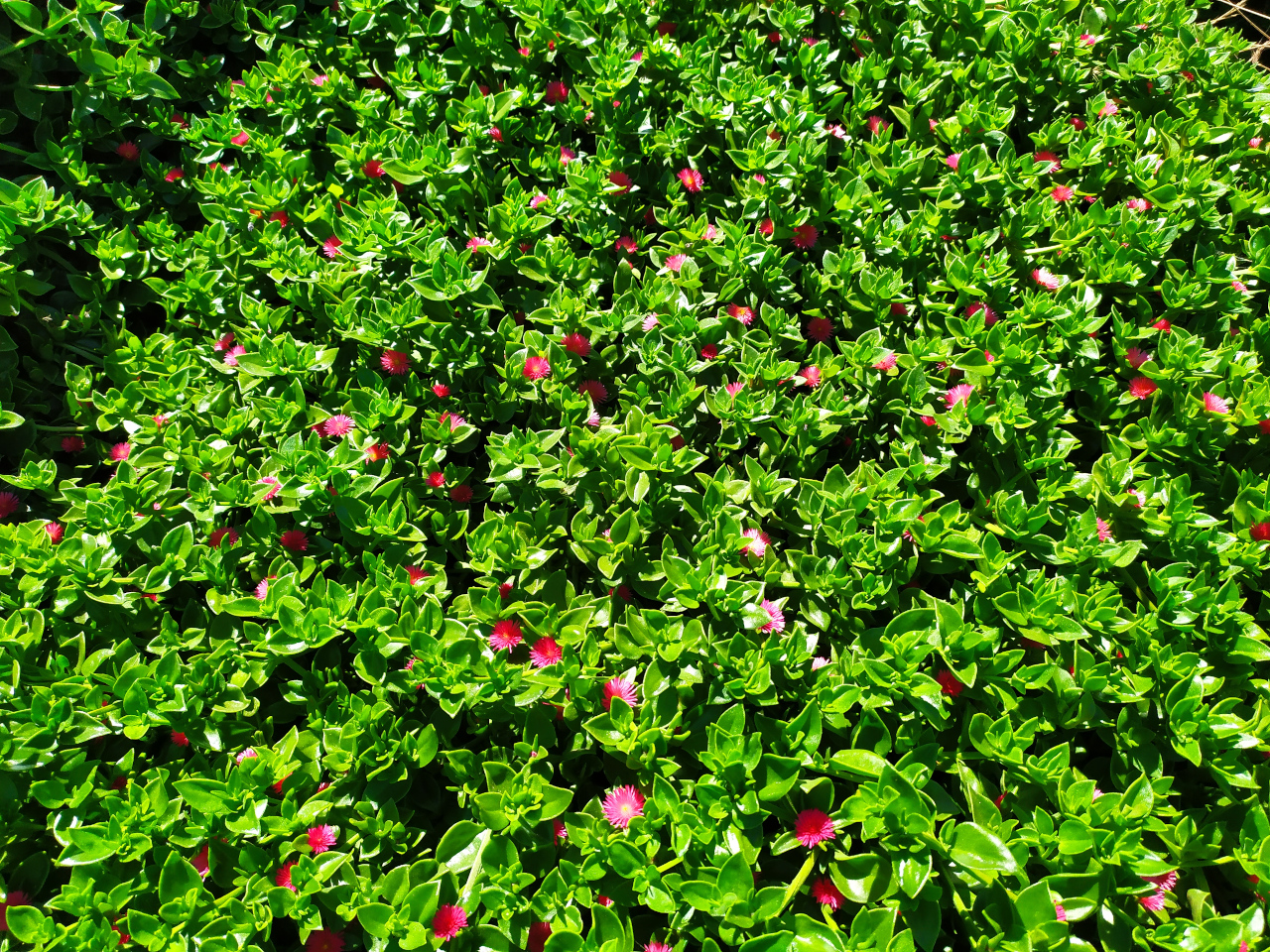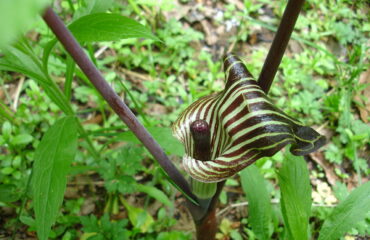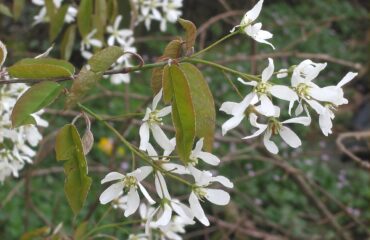Aptenia cordifolia (Baby Sun Rose) Propagation Methods
This comprehensive guide aims to equip you with the knowledge to propagate and nurture Aptenia cordifolia, ensuring that these delightful plants thrive and bring joy to your gardening endeavors.
Introduction
Aptenia cordifolia, commonly known as the Heartleaf Ice Plant or Baby Sun Rose, is a succulent perennial cherished for its vibrant, daisy-like flowers and heart-shaped leaves. Native to South Africa, this hardy plant thrives in warm climates and is an excellent choice for ground cover or hanging baskets due to its trailing growth habit. Propagating Aptenia cordifolia is straightforward, offering several methods to suit different gardening needs and expertise levels. This guide details the propagation techniques for Aptenia cordifolia, including seed propagation, stem cuttings, and division, ensuring you have all the tools to cultivate and enjoy this delightful plant.
1. Seed Propagation
While not the most common method for Aptenia cordifolia, seed propagation is an option for those who wish to start from scratch or have access to seeds. It provides the opportunity to grow multiple plants simultaneously.
1.1. Seed Collection
- Harvesting Seeds: After the flowers bloom and fade, they produce small, inconspicuous seed capsules. Allow these capsules to mature and dry on the plant before harvesting. Carefully collect the tiny seeds by shaking or gently tapping the dry capsules over a piece of paper or a clean surface.
- Cleaning and Storing Seeds: Remove any plant debris from the seeds and store them in a cool, dry place until you are ready to sow them.
1.2. Sowing and Germination
- Preparing the Seed Mix: Fill seed trays or small pots with a well-draining succulent or cactus mix. Lightly moisten the soil to prepare for sowing.
- Sowing Seeds: Scatter the tiny seeds over the surface of the soil. Due to their small size, covering them with a light dusting of soil is sufficient.
- Germination Conditions: Place the trays or pots in a warm, bright location with indirect light. Maintain soil moisture by misting regularly, but avoid waterlogging. The seeds typically germinate within 1-3 weeks.
- Transplanting Seedlings: Once the seedlings are large enough to handle, transplant them into individual pots or directly into the garden. Gradually acclimate them to outdoor conditions if starting indoors.
2. Stem Cuttings
Propagating Aptenia cordifolia through stem cuttings is the most popular and efficient method. It allows for quick multiplication of the plant and ensures the new plants retain the characteristics of the parent plant.
2.1. Selecting and Preparing Cuttings
- Choosing Cuttings: Select healthy, non-flowering stems from the parent plant. Cuttings should be about 10-15 cm (4-6 inches) long and have several leaf nodes.
- Preparing the Cuttings: Using sharp, sterilized scissors or pruners, cut just below a node. Remove the lower leaves to expose a few nodes and allow the cuttings to callous over for a day or two. This step is crucial as it helps prevent rot when planted.
2.2. Rooting and Planting
- Rooting Medium: Fill small pots or trays with a well-draining succulent or cactus mix. Gently insert the cut end of each cutting into the soil, ensuring that at least one or two nodes are buried to encourage root formation.
- Creating Optimal Conditions: Place the pots or trays in a warm, bright location with indirect light. Keep the soil slightly moist, but not waterlogged, to facilitate rooting.
- Root Development: Roots generally start to form within 2-4 weeks. During this period, maintain a consistent environment and monitor moisture levels.
- Transplanting Rooted Cuttings: Once the cuttings have established roots and show new growth, transplant them into larger pots or into their permanent garden location.
3. Division
Division is another effective method for propagating Aptenia cordifolia, especially for established clumps. This technique involves separating a mature plant into multiple sections, each capable of growing independently.
3.1. Preparing for Division
- Timing: Perform division during the plant’s active growing season, typically in spring or early summer, when it is most resilient to stress.
- Watering Before Division: Water the plant thoroughly a day before dividing to ensure the roots are well-hydrated and the soil is easier to work with.
3.2. Dividing the Plant
- Lifting the Plant: Carefully dig around the plant and gently lift it from the ground or its container, being mindful not to damage the roots.
- Separating Sections: Using your hands or a clean, sharp knife, divide the plant into sections. Each section should have a healthy root system and several stems.
- Handling the Divisions: Remove any damaged or dead parts and trim long roots to facilitate new growth. Allow the divisions to dry and callous for a few hours if the roots were cut.
3.3. Replanting and Aftercare
- Planting the Divisions: Replant each division into its new location or pot, ensuring the roots are well-spread and covered with soil. Press the soil gently around the base to provide stability.
- Watering and Establishment: Water the newly planted divisions lightly and place them in a shaded area until they establish. Gradually increase their exposure to sunlight as they show signs of new growth.
- Ongoing Care: Maintain regular watering and provide appropriate light conditions to support the divisions as they acclimate and grow in their new environment.
4. Layering
Layering is a less common but effective method for propagating Aptenia cordifolia. It involves encouraging roots to form on a stem while it is still attached to the parent plant.
4.1. Preparing for Layering
- Selecting a Stem: Choose a healthy, flexible stem that can be easily bent to touch the soil surface without breaking.
- Wounding the Stem: Make a small incision or scrape the bark off the underside of the stem where it will contact the soil. This step stimulates root formation.
4.2. Rooting the Layer
- Securing the Stem: Bend the wounded section of the stem down and bury it slightly in the soil. Use a small stone or a garden staple to keep it in place.
- Creating a Moist Environment: Keep the soil around the buried section moist to encourage root development. Over time, the stem will form roots at the contact point.
- Severing and Planting: Once roots have formed, typically after a few weeks to a couple of months, cut the stem from the parent plant and transplant the new plant into its desired location.
5. Transplanting and Initial Care
Proper transplanting and initial care are vital for the successful establishment of Aptenia cordifolia, ensuring the propagated plants thrive in their new environment.
5.1. Preparing the Planting Site
- Soil Requirements: Aptenia cordifolia prefers well-draining soil, such as sandy or loamy soils. Amend heavy clay soils with organic matter or sand to improve drainage.
- Choosing the Location: Select a site with full sun to partial shade. This plant is tolerant of a variety of light conditions but performs best in bright light.
5.2. Planting and Watering
- Transplanting Process: Dig a hole slightly larger than the root ball of the plant. Position the plant in the hole, fill in with soil, and gently firm it down around the base. Water thoroughly to settle the soil.
- Watering Needs: While drought-tolerant once established, young plants need regular watering until they are well-rooted. Allow the soil to dry out between waterings to prevent root rot.
5.3. Fertilization and Pruning
- Feeding the Plant: Aptenia cordifolia is not a heavy feeder but benefits from occasional fertilization. Use a balanced, water-soluble fertilizer during the growing season to support vigorous growth.
- Pruning and Maintenance: Prune the plant as needed to maintain its shape and encourage bushier growth. Regularly remove spent flowers and trim back leggy stems to keep the plant looking its best.
Conclusion
The propagation of Aptenia cordifolia through seeds, stem cuttings, division, and layering offers versatile and effective methods for growing this charming succulent. Whether you’re a novice gardener or an experienced horticulturist, these techniques provide the means to expand your collection and enjoy the vibrant beauty of the Heartleaf Ice Plant. By following these detailed steps, you can successfully cultivate and care for Aptenia cordifolia, adding a touch of color and resilience to your garden or indoor spaces.




